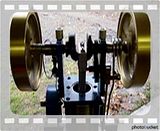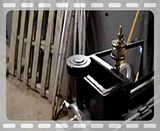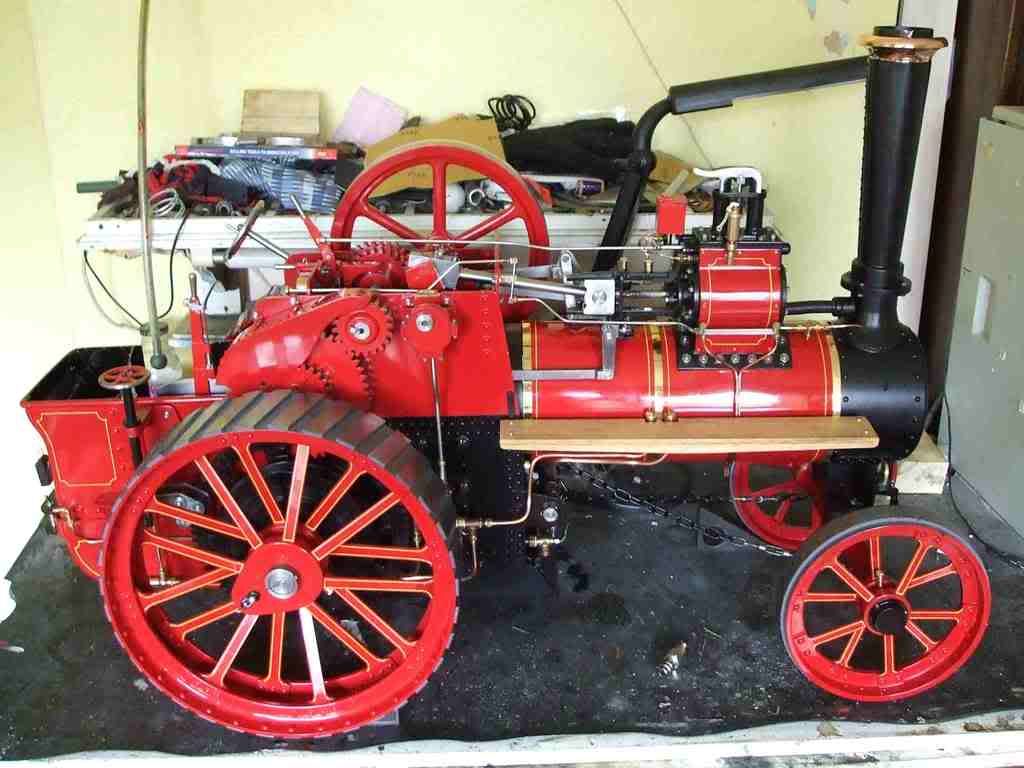K
Kermit
Guest
I think this is a unique type of rod bearing that would more suited to miniture models in that it allows the use of one single bolt to adjust bearing grip.

But how to provide with lubrication?
any ideas?
Kermit

But how to provide with lubrication?
any ideas?
Kermit








